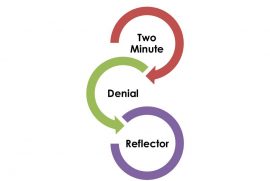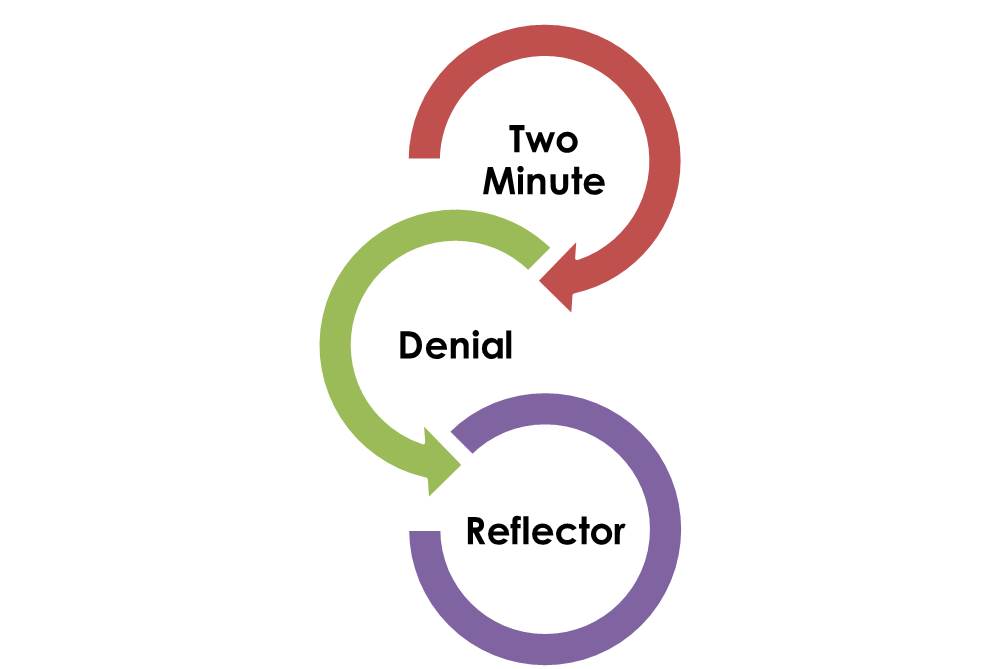 By Lori O’Hara, MA, CCC-SLP – Therapy Resource, ADR/Appeals/Clinical Review
By Lori O’Hara, MA, CCC-SLP – Therapy Resource, ADR/Appeals/Clinical Review
One of the most common reasons for denials in both the Medicare and managed care areas is removing e-stim minutes because the documentation doesn’t support a skilled service.
Reminder! No one pays the machine, so the amount of time the machine is running has nothing to do with how much time is billed. What is reimbursed are the minutes that required a skilled brain — so clearly describing the minutes when the brain was engaged is critical!
Typically, the skilled time includes: assessing and prepping the patient for treatment (including a skin check), applying the electrodes, selecting and inputting the parameters, time spent during the treatment assessing for tolerance or accommodation and making any adjustments, and the post-treatment take-down (including another skin check) and assessments.
Patients who rapidly and frequently accommodate to the current, or roll over from sensory response into a pain response, may require skilled attendance the entire duration of the delivery — but that is not common, so when it occurs it must be very well-documented.
Also remember to put billed minutes in the right place! If you’re using e-stim as an adjunct to neuromuscular re-education or therapeutic exercise, make sure you record the minutes properly. Lumping your treatment minutes into the e-stim code creates an artificially high delivery that the documentation will almost certainly not support.
And finally, the cherry on top: Conclude your narrative entry with a summary statement about the billed time for one-on-one skilled intervention, e.g., “Total number of one-on-one skilled time = 16 minutes.” This is even stronger if the run time is detailed in the description of the e-stim parameters.
Please see the Supervised Modalities POSTette on the portal for more details and examples.

